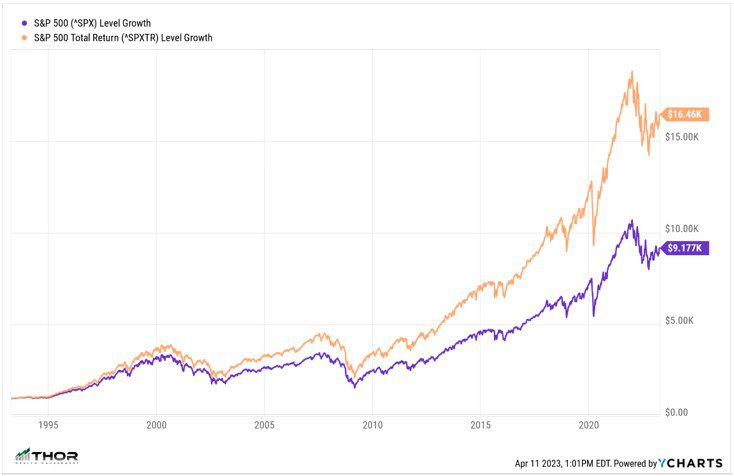Compound Interest: The Eighth Wonder of the World
Blog post
04/27/23Would you rather have one million dollars in cash or one dollar that doubles for 20 days straight? At face value, you might think “Why would I not take the one million dollars over one dollar right now?” Thinking this way would be short-sighted because, with a little bit of patience, you would be awarded a sum of $1,048,576 at the end of day 20. Looking at Exhibit 1 below, you can see that the majority of the “magic” happens between day 16 and 20.
Exhibit 1:
While there are essentially no investments that are going to double every day for twenty days, the concept can be applied with more realistic return profiles. In this piece, we will explain the theory of compounding and how you can take full advantage of it.

What is compounding?
Per the CFA Institute, compounding is the process of accumulating interest on interest. This is referred to as the “snowball effect” by many, including Warren Buffett. It is when you receive returns on your previous earnings, as well as on your original investment. A very basic example of this can be seen in Exhibit 2. John is earning 5% interest on his investment of $100 ($100*5%=$5). Compounding comes into play in Year 2 when he begins to earn interest on the $5 that he made in interest from Year 1 ($105*5%=$5.25).
Exhibit 2:
John Doe invests $100. He earns 5% interest per year for two years, reinvesting earnings.
Year 1: $100*(1.05)=$105 Interest Earned: $5
Year 2: $105*(1.05)=$110.25 Interest Earned: $5.25
How can you take full advantage?
Reinvest interest and dividends
One of the biggest mistakes a long-term investor can make is not reinvesting interest and dividends. For example, in the case of a dividend-paying stock, an investor is only earning a price return (stock return excluding dividends), when they could be compounding at a total return level by reinvesting the dividends. Exhibit 3 shows the difference in returns of a $1,000 investment with and without dividends reinvested over a 30-year period. As you can see, the investor who did not reinvest dividends would have significantly underperformed an investor who chose to reinvest their dividends.
Exhibit 3:

For more information on the importance of reinvesting dividends, see Mistake #2 on Common Investor Mistakes – Part 3: Put Your Money to Work!
Start Young – “Early Bird Gets the Worm”
Compounding requires time. As shown in Exhibit 1 in the introduction, the majority of the compounded return occurs in the later years of the investment. The longer an investor’s time horizon, the greater the benefit they will receive from compounding.
In Exhibit 4, we assume that each investor will retire at age 65, earn “market” returns of 7% a year, and invest the yearly amount at the end of the year. It is important to note that returns of the market (S&P 500) will vary from 7% year to year as explained in Average Returns are Anything but Average, however, it is reasonable to expect 7% as the average over the long run.
Exhibit 4:
Investor A: Investor B:
Begins investing at age 20 Begins investing at age 30
Invests $6,000 per year Invests $10,000 per year
Total $ Invested: $270,000 Total $ Invested: $350,000
Future Value: $1,714,495.87 Future Value: $1,382,368.78
Exhibit 4 shows the importance of starting to invest at a young age. Investor A was able to accumulate more capital by retirement than Investor B with the same yearly returns, all while investing substantially less each year. The biggest difference was that Investor A’s money had an additional ten years to compound compared to Investor B’s.
Conclusion
Understanding the concept of compounding returns over time is the first step in creating wealth that you can grow over time. It is something that has been around for many decades and is the number one reason investors such as Warren Buffett have been so successful. I will leave you with a quote from Albert Einstein to consider when making decisions in the future, “Compound interest is the eighth wonder of the world. He who understands it, earns it … he who doesn’t … pays it.”
If you have questions and would like to talk with us further, please call us at 513-271-6777. For more THOR reading, click here to go to the Blogs and Market Updates section on our website.
Follow us on social media: